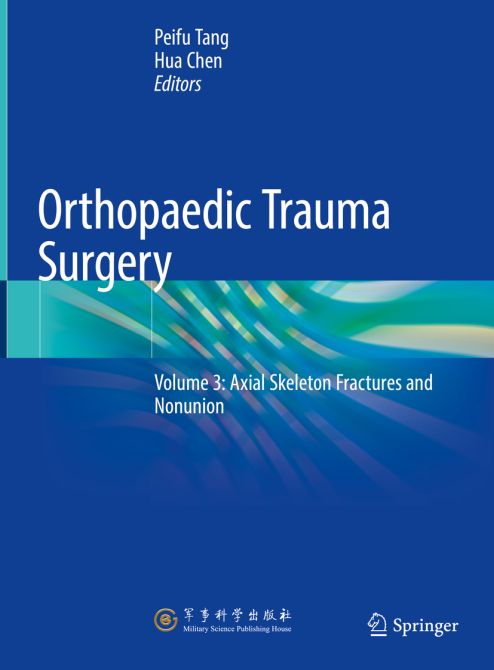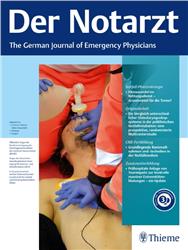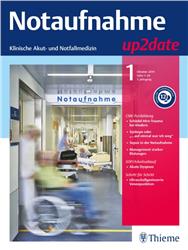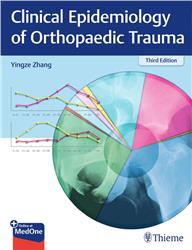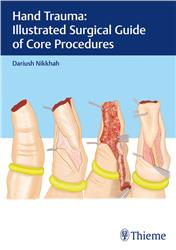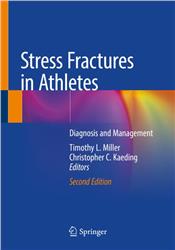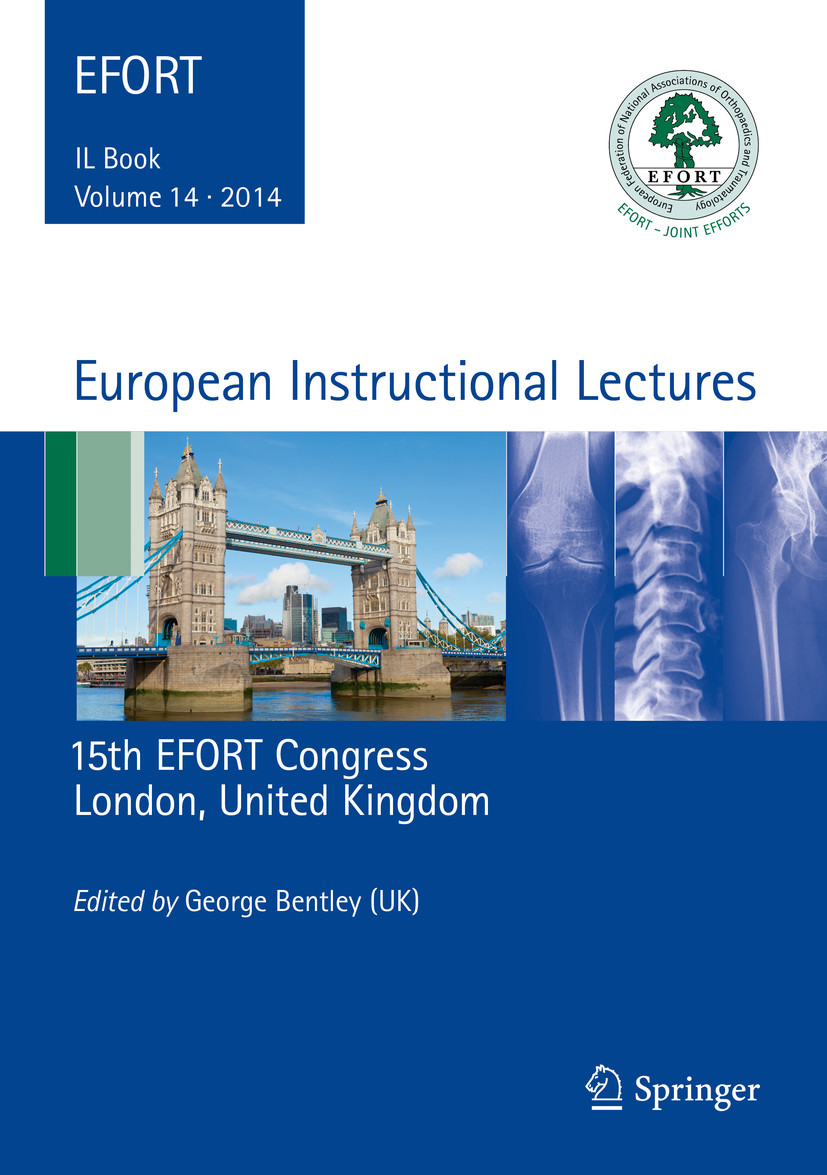Orthopaedic Trauma Surgery
Volume 3: Axial Skeleton Fractures and Nonunion
| Auflage | 2021 |
| Seiten | 300 pp., 370 illus. |
| Verlag | Springer |
| ISBN | 9789811602184 |
| Artikel-Nr. | 569490 |
Lieferzeit ca. 5 Werktage
Produktbeschreibung
The book adopts the principle of guiding surgery by anatomy, fixation by biomechanics, and clinical procedures by functional recovery. In each chapter, the applied anatomy of the fracture site is first introduced, which confers prominence to the relationship between the anatomical structure and surgery and emphasizes the structure that must be protected and repaired during surgery. In addition, the biomechanical characteristics of the fracture site are described, so that the appropriate fixation method can be selected according to the characteristics of the mechanical environment. In most chapters on periarticular fractures, the book also describes in detail how the joints fulfil their function, which is often the core of clinical decision-making, with the hope that the reader can understand the how and the why.
The book adopts the outline-style format instead of the traditional paragraph-by-paragraph discussion to supply readers with the "extracted essence" in a more succinct manner, which improves the logical flow and concision and thereby improves the readability of the book. In addition, using more than 3,000 illustrations and photos in 3 volumes, many of which were obtained from our clinical practice, the book discusses injury mechanisms and the classification and assessment of extremity and axial skeleton fractures, with a focus on typical and new surgical methods developed in recent years. These illustrations and photos provide the reader with a good reference for learning surgical techniques and skills.
This third volume is focusing on axial skeleton fractures and nonunion in 5 chapters.
Each chapter in different kinds of axial skeleton fracture surgery follows a similar format
Focuses on clear, step-by-step depictions and descriptions of surgical procedures for each surgical technique
The combination of intraoperative photographs, schematic diagrams, and intraoperative X-ray or CT images are jointly used
The book adopts the outline-style format instead of the traditional paragraph-by-paragraph discussion to supply readers with the "extracted essence" in a more succinct manner, which improves the logical flow and concision and thereby improves the readability of the book. In addition, using more than 3,000 illustrations and photos in 3 volumes, many of which were obtained from our clinical practice, the book discusses injury mechanisms and the classification and assessment of extremity and axial skeleton fractures, with a focus on typical and new surgical methods developed in recent years. These illustrations and photos provide the reader with a good reference for learning surgical techniques and skills.
This third volume is focusing on axial skeleton fractures and nonunion in 5 chapters.
Each chapter in different kinds of axial skeleton fracture surgery follows a similar format
Focuses on clear, step-by-step depictions and descriptions of surgical procedures for each surgical technique
The combination of intraoperative photographs, schematic diagrams, and intraoperative X-ray or CT images are jointly used
Fachzeitschriften

Bleiben Sie informiert!
Melden Sie sich für den frohberg.de-Newsletter an und nutzen Sie jetzt Ihre Vorteil:- Willkommens-Dankeschön: Beatmungsmaske Rescue Me
- Aktuelle Neuerscheinungen und Empfehlungen
- Exklusive Angebote und Kongress-Highlights
